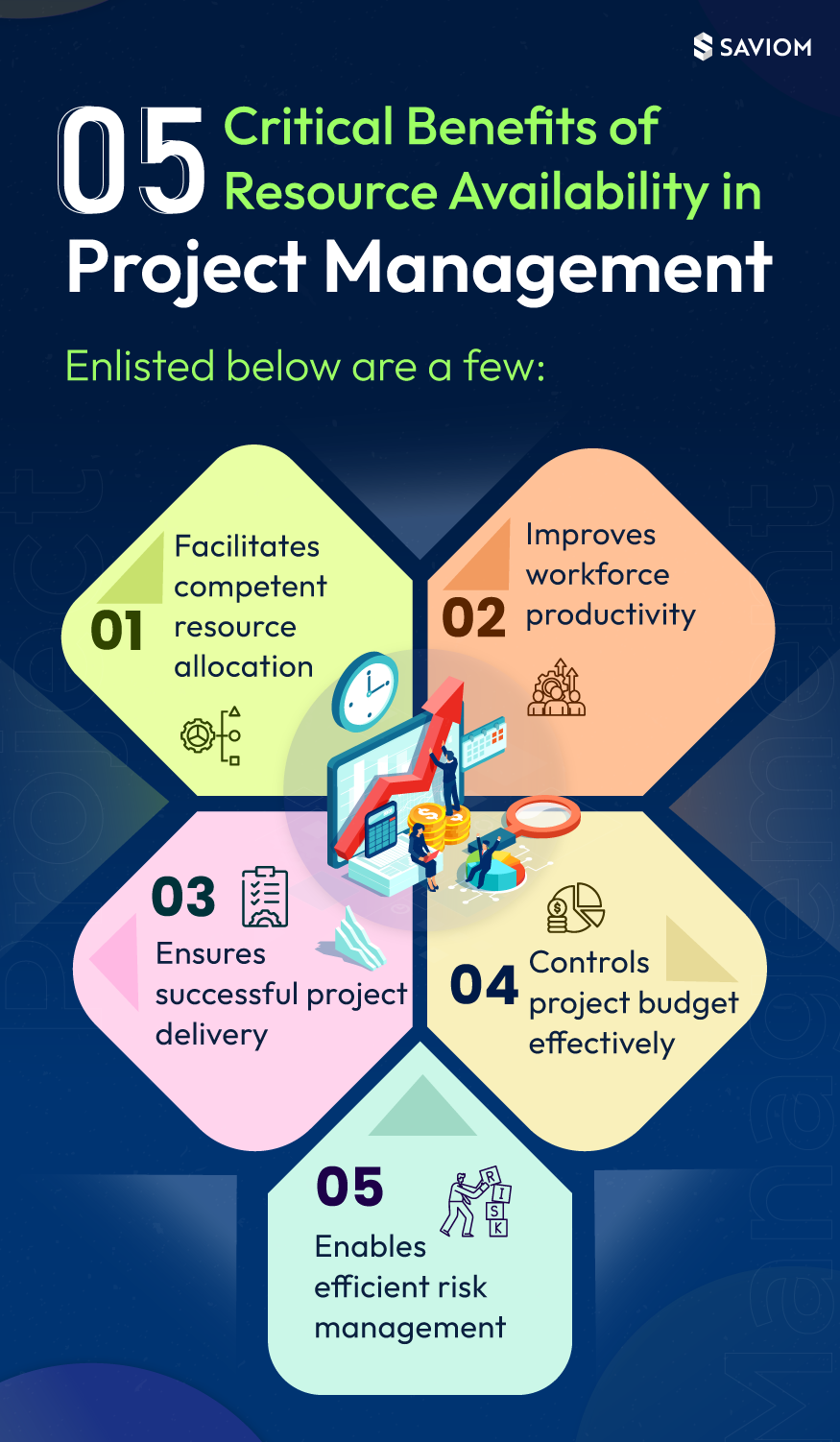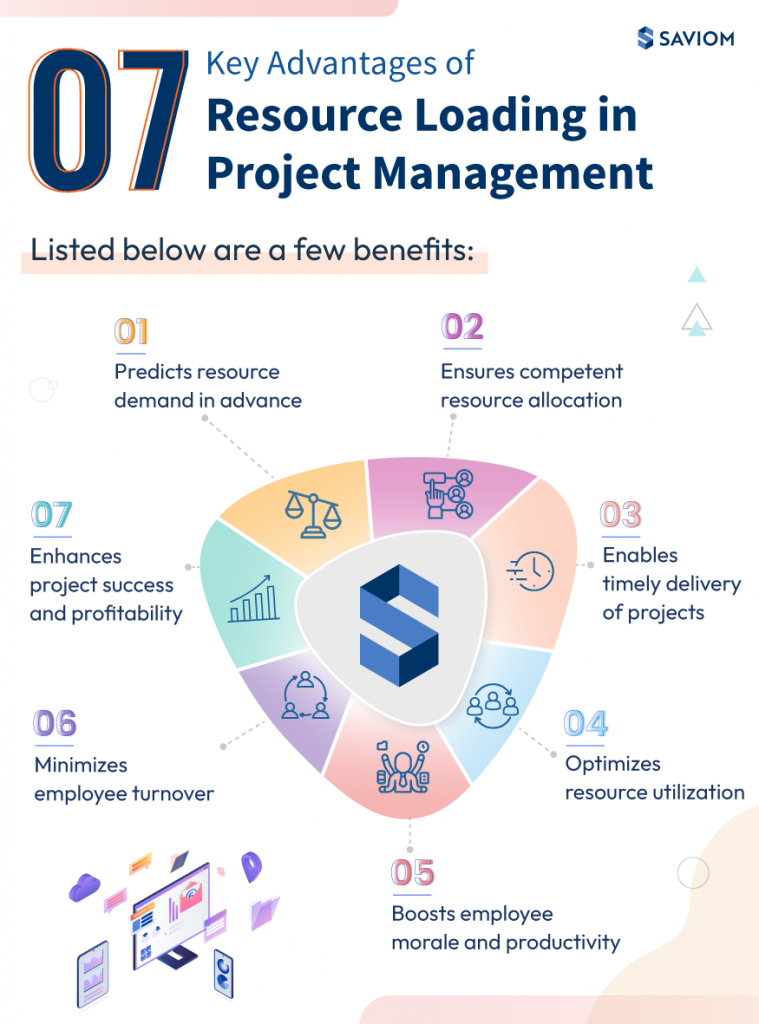89% of organizations state they have one or more PMOs (50% have more than one). – Wellington Report
As per these statistics, the role of PMO is increasingly becoming valuable for companies. In today’s competitive business landscape, organizations strive to achieve their strategic goals and deliver high-quality deliverables to their stakeholders. Many businesses have set up project management offices (PMOs) to plan, execute, and control projects effectively.
Furthermore, a value centric PMO can positively impact project outcomes, resource utilization, risk management, decision-making, stakeholder engagement, and overall project success.
A modern PMO is no longer limited to the administrative functions of setting standards and generating management reports. It is evolving very fast. Now, a PMO has the potential to become a value center for the project-based business and add directly to the profitability.
In this blog post, we will explore the significant business benefits of a value centric PMO and how it can contribute to the long-term success of an organization. But first, let’s understand what a value centric PMO is.
What is a value-centric PMO?
A Value Centric Project Management Office (PMO) is an entity, group, or department that prioritizes projects and programs based on business goals and ensures the productive utilization of resources.
A value-centric PMO can contribute significantly to the success of the projects, efficient utilization of resources, and help a business achieve strategic objectives. It can also help in overcoming the challenges of market volatility.
Knowing the definition of value-centric PMO, let’s understand how PMOs can add value to your organization.
What can a PMO do to add value to the organization
The PMO acts as a central platform for project management within an organization, providing guidance, support, and governance to ensure that projects are executed efficiently and aligned with organizational goals. Below listed are some of the ways a PMO can add value to the companies:
Assessing the organization’s value streams
The PMO needs to understand the value the organization provides to customers and stakeholders. For this, firms must list their value streams at the program and portfolio level and prioritize them as necessary. Additionally, organizations must assess the resources required to deliver the value. This will enable the managers to concentrate on projects and programs that add value to the organization.
Aligning projects with the organization’s future goals
Value-driven PMOs must be aware of the organization’s mission, vision, and strategic objectives. For this, the PMOs must constantly communicate with the firm’s executives to assess which value streams are most important for achieving the organization’s goals. Based on this, PMOs can align the project portfolio with the strategic objectives. This alignment will help businesses achieve desired outcomes and deliver value to the organization.
Listening to customer requirements
To deliver continuous value, organizations must understand users’ needs. This will enable them to improve the quality of products and services and achieve their goals, which is essential to the business’s success. To accomplish this, PMOs can act as a channel for companies to assess customer expectations, prioritize the organization’s portfolio, and develop solutions to enhance the customer experience.
Optimizing the resources
PMOs play a vital role in optimizing resource allocation across projects. By centralizing resource management, PMOs can identify resource constraints, prevent overallocation or underutilization, and ensure that resources are allocated based on project priorities. This maximizes the efficient and effective use of resources and reduces conflicts.
Managing project-related risks
A value-centric PMO establishes robust risk management processes to identify, assess, and mitigate risks across projects. By proactively addressing risks, PMOs help minimize the impact of potential threats and capitalize on opportunities. Effective risk management improves project success rates, protects organizational assets, and enhances decision-making capabilities.
Portfolio management
PMOs oversee the organization’s project portfolio and provide strategic oversight. They evaluate proposals and prioritize projects based on strategic alignment and resource availability, ensuring optimal resource allocation across the portfolio. This enables organizations to make informed decisions about project investments and optimize their portfolio for maximum value.
Knowledge management and continuous improvement
Well-established PMOs nurture a culture of learning and continuous improvement. They help organizations capture lessons learned from completed or existing projects and distribute best practices. By sharing knowledge, PMOs enable project teams to leverage past experiences, avoid pitfalls, and improve project execution.
By implementing these methods, PMOs add value to organizations. Now, let’s delve into the advantages of a value-centric PMO to the organization.
What are the value-centric PMO benefits?
The benefits of a PMO can differ from business to business, depending upon the type of industry, size, and circumstances. But the following are a few common advantages of PMO in modern business.
Enables enterprise-wide visibility
A PMO can replace silos of solutions with a single centralized system. This can break the geographical and organizational boundaries across the matrixed structure and bring higher benefits. This can help a business in:
- Collecting data directly from the originating source without any intermediate layers
- Achieving a single source of truth for various stakeholders
- Getting a unified view of the project life cycle across different teams
- Creating the right level of data visibility as per the role of the person
- Identifying the right resource for the right project at the right time
Implements best industry practices
PMO started in the 1990s with the goal of setting up just standards and guidelines. Since then, the responsibilities of a PMO have increased many folds in this area. A PMO can research project management practices adopted by various businesses in the industry so that the best practices can be implemented for your business. This will enable organizations to:
- Complete the projects on time, thereby improving their success rates
- Streamline project execution, reduce redundancies, and minimize rework
- identify and mitigate risks proactively
- Increases stakeholders’ confidence and trust
- Supports strategic alignment and promotes organizational learning.
Aligns projects with business objectives
A critical responsibility of a value-driven PMO is to understand a business’s tactical and strategic objectives. Accordingly, it can build the program and portfolio framework and set up a project approval process. This helps the management in selecting and prioritizing the right projects aligned with the business objectives. This can be further validated by measuring the strategic utilization of the resources. Additionally, aligning the projects with strategic goals help organizations in:
- Effectively allocating resources to projects that have the highest strategic importance
- Enables informed decision-making on project selection and prioritization
- It helps organizations adapt quickly to changing market conditions, emerging opportunities, and new strategic priorities.
Reduces project resource cost
A value-driven PMO can help a business reduce project resource costs with the help of a modern resource management solution. These are some of the direct benefits:
- Minimize under/over-skilled resources: Allocate the right resources to the right project at the right time with enterprise scheduling.
- Allocate cost-effective global resources: Create 360-degree visibility even in a complex matrixed organization structure and enable the allocation of cost-effective global resources from any part of the world.
- Minimize last-minute hiring: Minimize reactive planning and last-minute hiring using an advanced capacity planning facility
- Avoid wasteful hiring/firing costs: Avoid wasteful hiring/firing costs by forecasting project vacancies, people on the bench, and hot skills.
Improves billable or strategic resource utilization
The efficient utilization of enterprise resources is one of the critical components in the profitability and sustainability of a business. A value-driven PMO can contribute to increasing billable and strategic resource utilization by helping your business to
- Forecast future billable and strategic resource utilization
- Move resources from non-billable work to billable work
- Proactively market and sell excess capacity
Improves project team accountability
One of the vital benefits of PMO is that it provides an outsider’s perspective on the project. It can analyze and provide input on high-level project performances, i.e., progress, deadlines, finances, ROI, benefits, etc. This can help in improving the accountability of the project manager, team members, and other stakeholders. Furthermore, PMO plays a crucial role in:
- Establishing clear roles and responsibilities for project team members creates a sense of ownership and accountability for individual and team performance
- Defines project performance metrics and reporting requirements that measure progress, quality, and adherence to project objectives
- Encourages project teams to proactively identify risks and issues, develop mitigation strategies, and resolve them on time which helps the team members stay proactive and accountable throughout the project lifecycle.
Improves business decision making
A PMO tracks KPIs and does forecasting related to the projects, programs, portfolios, resources, risks, etc. They can generate real-time business intelligence for different stakeholders. This ensures that the management makes informed and timely decisions for the successful completion of the project within the budget and time. In addition, the PMO:
- Assists in project prioritization and portfolio management, helping decision-makers identify and select the most strategically aligned projects
- Provide comprehensive risk assessments, mitigation strategies, and scenario analysis That enables critical stakeholders to make informed decisions
- Facilitates effective communication channels for stakeholder engagement ensuring access to diverse perspectives and relevant input.
Optimizes project workforce
Resource capacity planning is a critical part of a value-driven PMO. This helps a business identify the future shortage or excesses of resources due to demand volatility.
Accordingly, a PMO can plan and build an optimized workforce with the right mix of permanent employees and contingent resources.
Project workforce optimization has become critical to futureproofing the business against market volatility and uncertainties. Effective capacity planning helps firms:
- In assigning the right resources to suitable projects, consider factors such as workforce skills, availability, cost, workload, etc.
- Balance the distribution of work preventing bottlenecks and ensuring that projects are adequately staffed
- Improve forecasting and budgeting by considering the capacity and availability to estimate the project costs and allocate the budget accordingly
- Identify skill gaps or shortages in the organization and take proactive measures to address them
Shares project knowledge
There is always a vast amount of knowledge acquired during the life cycle of a project in terms of lessons learned, feedback, techniques, experience, and more. But unfortunately, lots of this knowledge is not preserved and reused in subsequent projects.
A value-driven PMO can set up the framework to preserve this knowledge and facilitate sharing across the project teams. It makes project plans, reviews, templates, and documentation widely available to concerned members, saving time and costs that would have otherwise gone into rework. This helps in reducing the project risk and overall cost. Moreover, sharing knowledge can help:
- Teams learn from past mistakes and avoid repeating them in future projects, and leads to increased efficiency and reduced rework, saving time and resources for the organization
- Allows new team members or those transitioning to different projects to access valuable insights and expertise from experienced colleagues
- It Fosters collaboration and encourages teams to work together, leveraging each other’s expertise
- The exchange of diverse perspectives and insights can lead to the development of new approaches, improved processes, and innovative solutions to project challenges
- Capturing and sharing project knowledge helps organizations build a collective memory that can be accessed and leveraged in the future, which improves teamwork, coordination, and synergy across projects and departments.
Improves communication and productivity
Complexities of project execution have multiplied many folds due to matrix organization structure and remote working. So, PMO has started providing a collaborative framework for these teams to improve communication and avoid chaos. This has a direct impact on the improvement of productivity. Additionally, better communication:
- Helps team members effectively communicate their ideas, goals, and challenges that, result in increased efficiency, and better project outcomes
- Timely and effective communication allows problems to be addressed promptly, lowering their impact on project timelines
- Transparent communication and information sharing reduce bottlenecks, facilitate decision-making, and ensure the tasks are completed on time leading to increased productivity and the successful delivery of projects.
Now that we understand some essential PMO benefits let’s learn how a modern tool with its advanced features can help a value-driven PMO.
Software functionalities for a value-driven PMO
As discussed in the previous section, a value-driven PMO carries many responsibilities for modern business. So, having a tool with all the required functionalities is critical to help a PMO deliver on its responsibilities.
Project management
PMO software requires to have functionalities to manage a project efficiently. It should have capabilities for project scheduling with WBS, milestone tracking, risk/ issue management, document tracking, etc.
Portfolio management
Having a bird’s eye view of various projects run in the business is critical. So, PMO software requires portfolio management functionalities to help track the project KPIs and provide early warnings about the projects.
Resource planning & allocation
PMO software requires to have a centralized resource planning facility. So that the right resources can be identified easily in a large pool of resources and allocated to the suited projects at the right time.
Resource capacity planning
This is one of the most critical functionalities of PMO software. This would help a business forecast shortfalls or excesses of resources so that the right resource treatment can be applied to the resource pool for an optimized workforce.
Work management
In a matrix organization structure, tracking work allocated to an individual from multiple projects across the globe is complex. Work can be related to a project or non-project activity. So, PMO software has to have a full-fledged detailed work allocation and tracking facility.
Team collaboration
Team collaboration is part and parcel of seamless communication for distributed teams and members working from home. So, PMO software got to have a team collaboration facility to improve productivity and responsiveness.
These are some essential functionalities a software must possess to enable the PMO to deliver their responsibilities smoothly and effectively.
Conclusion
PMOs act as catalysts for successful project execution, ultimately contributing to the overall success and competitiveness of the organization. Embracing a value-centric approach to project management empowers organizations to achieve their goals, drive innovation, and maintain a competitive edge in today’s dynamic business landscape. A value-driven project resource management software can help your organization minimize project resource costs and improve business profitability and sustainability.
Glossary
The SAVIOM Solution
SAVIOM provides a state-of-the-art tool for supporting value-driven PMO. It has more than 20 years of experience working with highly valued global companies around the world. SAVIOM also provides tools for enterprise resource management, professional service automation, and workforce planning software. So, SAVIOM can help your business establish an efficient system geared toward your business challenges.

















